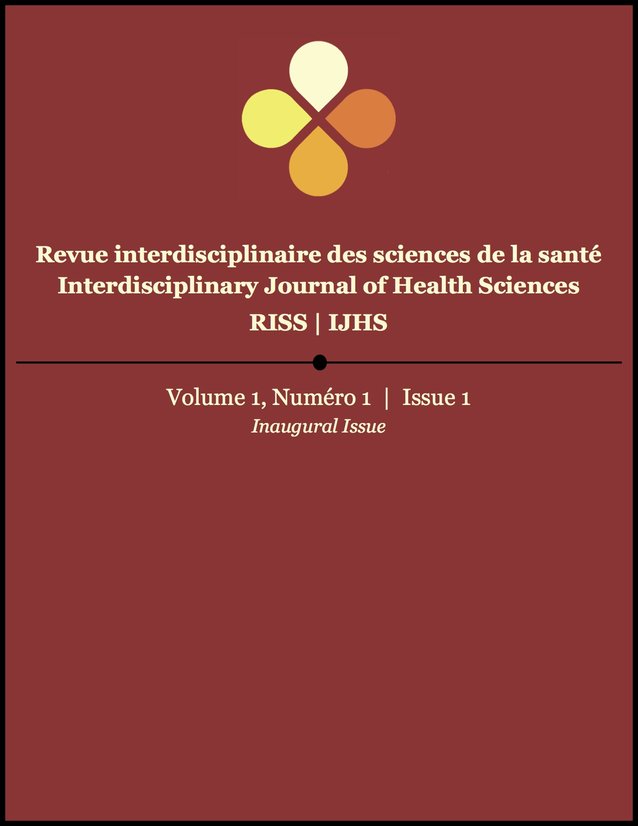A Review of Xq28 and the Effect on Homosexuality
DOI :
https://doi.org/10.18192/riss-ijhs.v1i1.1533Mots-clés :
Homosexuality, genetics, Xq28Résumé
The cause of homosexuality remains a hotly contested debate to this day. Although the role of genetics has diminished over the past decade because of the popularity of environmental influences, it continues to be a relevant correlative possibility. Since its inception in the early 1990's from a study conducted by Dr. Dean Hamer, the genetic locus Xq28 has become amongst one of the most important genetic factors of sexual orientation. Subsequent studies attempting replication have improved on the original experiment although the initial measures and methods of experimentation may have biased the results of the findings. Consequently, contention between advocates for and against Xq28 continues over 15 years later with mounting evidence weakening the link of Xq28 and homosexuality. Even though the majority of genetic discussion revolves around Hamer’s original findings, more recent genetic markers have also now been found which may show positive connections and provide the basis for further research.
Références
Bailey, J. M., Pillard, R. C., Dawood, K., Miller, M.B., Farrer, L. A., Trivedi, S., & Murphy, R. L. (1999) A family history study of male sexual orientation using three independent samples. Behavior Genetics, 29(2), 79-85. doi: 10.1023/A:1021652204405
DuPree, M. G., Mustanski, B. S., Bocklandt, S., Nievergelt, C., & Hamer, D. H. (2004). A candidate gene study of CYP19 (aromatase) and male sexual orientation. Behavior Genetics, 34(3), 243-250. doi: 10.1023/ B:BEGE.0000017870.77610.52
Hamer, D. H., Hu, N., Hu, S., Magnunson, V.L., & Pattatucci, A.M.L. (1993). A linkage between DNA markers on the X chromosome and male sexual orientation. Science, 261(5119):321-327. doi: 10.1126/science.8332896
Hu, S., Pattatucci, A. M., Patterson, C., Li, L., Fulker, D. W., Cherny, S. S., Kruglyak, L., & Hamer, D. H. (1995). Linkage between sexual orientation and chromosome Xq28 in males but not in females. Nature Genetics, 11, 248 -256. doi: 10.1038/ng1195-248
Kruglyak, L., & Lander, E.S. (1995). Complete multipoint sib-pair analysis of qualitative and quantitative traits. The American Society of Human Genetics, 57, 439-454.
Morrison, T. G. (2007). Children of homosexuals and transsexuals more apt to be homosexual: A reply to cameron. Journal of Biosocial Science, 39, 153-154. Retrieved from http://dx.doi.org/10.1017/S0021932006001714
Mustanski, B. S., DuPree, M. G., Nievergelt, C. M., Bocklandt, S., Schork, N. J., & Hamer, D. H. (2005). A genomewide scan of male sexual orientation. Human Genetics, 116(4), 272-278. doi: 10.1007/s00439-004-1241-4
Paterson, A. D. (1998). X-chromosome workshop. Psychiatric Genetics, 8(2), 121-126.
Pedersen, W., & Kristiansen, H. W. (2008). Homosexual experience, desire and identity among young adults. Journal of Homosexuality, 54(1/2), 74-84. doi: 10.1080/00918360801951962
Rice, G., Anderson, C., Risch, N., & Ebers, G. (1999). Male homosexuality: Absence of linkage to microsatellite markers at Xq28. Science, 284(5414), 665-667. doi: 10.1126/ science.284.5414.665
Wilke, K., Gaul, R., Klauk, S.M., & Poustka, A. (1997). A gene in human chromosome band Xq28 (GABRE) defines a putative new subunit class of the GABA neurotransmitter receptor. Genomics, 45(1), 1-10. doi: 10.1006/ geno.1997.4885
Téléchargements
Publié-e
Numéro
Rubrique
Licence
- Tous les auteurs dont l’article est publié dans la RISS en conserveront les droits.
- Les auteurs accordent à la RISS le droit d’être la première à publier les articles qui lui sont soumis.
- Tous les articles publiés dans la RISS sont autorisés en vertu d’une licence Creative Commons Attribution à être circulé si les auteurs et la revue de la publication originale sont reconnus.
- La RISS est publiée en ligne et imprimée. La RISS n’est pas responsable de l’utilisation non autorisée du contenu publié sous forme électronique ou imprimée.
- La RISS retient les droits de distribution de tout le contenu.
- Les auteurs, et non la RISS, sont responsables d’avoir obtenu les permissions nécessaires concernant les travaux cités.


